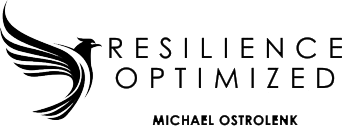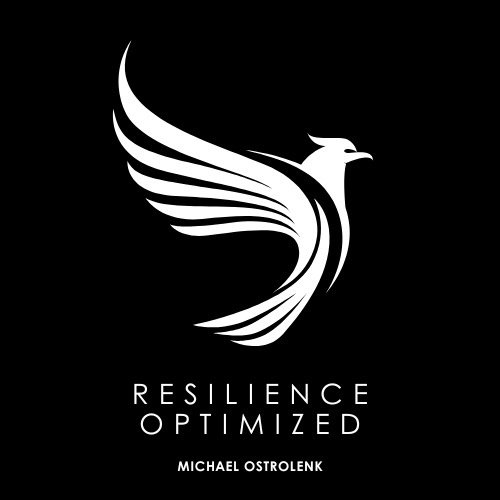Resilience Optimized
Website Cookies Policy
Resilience Optimized: Cookies Statement
In today’s digital landscape, where user data protection and privacy have become paramount, organizations must adopt transparent practices regarding how they handle personal information. This includes a clear and comprehensive cookies statement that outlines the use of cookies on a website. In this article, we will explore the key aspects of a cookies statement, its importance, and the concept of resilience optimization in the context of digital privacy.
Understanding Cookies
Cookies are small text files stored on a user’s device by a web browser when they visit a website. They serve several purposes, including enabling session management, personalization, and tracking user behavior for analytics. While cookies enhance user experience, their use raises significant privacy concerns, necessitating the need for clear communication with users.
The Importance of a Cookies Statement
A cookies statement serves several essential functions within a website’s privacy policy framework:
- Transparency: Users have the right to know what data is being collected and how it will be used. A cookies statement provides clarity on the types of cookies in use, their purpose, and the duration of their storage.
- Choice and Control: By informing users about cookies, organizations empower them to make decisions regarding their data. An effective cookies statement includes information on how users can manage their cookie preferences and withdraw consent if desired.
- Compliance with Regulations: Many jurisdictions require websites to be compliant with data protection laws, such as the General Data Protection Regulation (GDPR) in Europe and the California Consumer Privacy Act (CCPA) in the United States. A well-crafted cookies statement helps organizations meet these regulatory requirements, reducing the risk of legal repercussions.
- Trust Building: Transparency with users fosters trust. When organizations actively communicate their data practices, users are more likely to feel secure while browsing, which can enhance brand loyalty and engagement.
Key Components of an Effective Cookies Statement
An effective cookies statement should encompass several critical elements, ensuring it is both informative and user-friendly:
- Clear Definition of Cookies: Begin with a straightforward definition of cookies and their purpose, explaining how they work and why they are utilized on the website.
- Types of Cookies Used: Categorize the cookies in use, such as session cookies (temporary) and persistent cookies (stored for longer periods), and explain the purpose of each category, including:
- Essential Cookies: Required for basic website functionality.
- Performance Cookies: Collect information about how users interact with the site.
- Functional Cookies: Enable additional features and personalization.
- Targeting Cookies: Used for advertising purposes and tracking user behavior across websites.
- Third-Party Cookies: Disclose whether any third-party cookies are used on the site, including those from advertising partners or analytics providers, and clarify their purposes.
- Duration of Cookies: Provide information on how long cookies will be stored on a user’s device, indicating both session length and expiration periods.
- User Rights and Controls: Clearly outline users’ rights concerning their data and provide instructions on how they can manage cookie preferences, including how to disable cookies through their browser settings or opting out of particular cookie types.
- Consent Mechanism: Implement a consent mechanism that allows users to accept or reject non-essential cookies. This can include a pop-up notice at the time of their first visit, offering a clear choice regarding cookie usage.
- Updates to the Cookies Statement: Indicate the process for updating the cookies statement over time, including how users will be notified of any changes.
Implementing Resilience Optimization in Cookies Management
Resilience optimization refers to establishing a system where processes remain robust and responsive, even in the face of challenges. In the context of cookies and data privacy, resilience optimization involves continually adapting and improving data management practices to better protect user information while still delivering a quality user experience.
Strategies for Resilience Optimization
- Regular Audits and Updates: Conduct periodic audits of cookie usage to ensure compliance with evolving regulations and best practices. Update the cookies statement as necessary to reflect current practices and technologies.
- User Feedback Mechanisms: Implement user feedback channels to gain insights into how users perceive the cookies policies and practices. This input can help refine the statement and enhance user experience.
- Education and Awareness: Educate users about cookies and their benefits through informative content, tutorials, or FAQs. Empowering users with knowledge can lead to more informed choices regarding their data.
- Technological Innovation: Leverage technology solutions that enhance privacy management and facilitate better cookie management practices without compromising the user experience.
- Cross-Departmental Collaboration: Foster a culture of collaboration between IT, legal, and marketing teams to ensure a unified approach to data privacy and cookie management. This collaboration can lead to more effective strategies and policies.
Conclusion
In conclusion, a comprehensive cookies statement is a crucial aspect of modern data privacy practices. It not only informs users about cookie usage and their rights but also serves as a foundational element in building trust and compliance with regulatory requirements. By integrating resilience optimization into cookie management practices, organizations can create a responsive, user-centric framework that respects privacy while enhancing the overall digital experience. As we continue to navigate the complexities of data privacy in the digital age, it is imperative that organizations prioritize transparency and user empowerment in their cookies management strategies.




